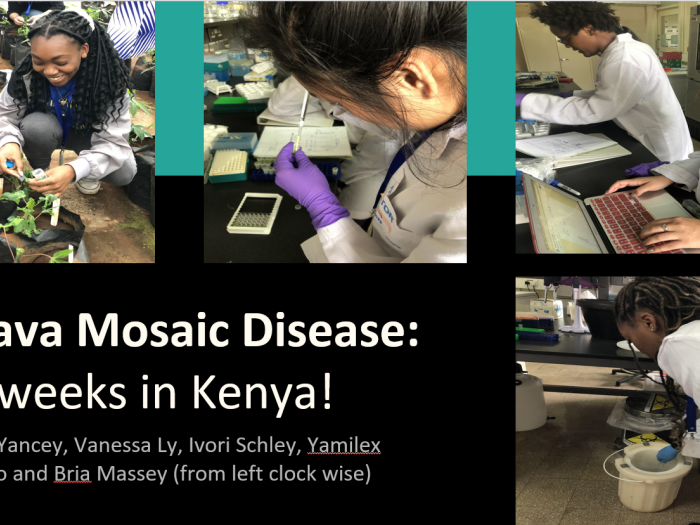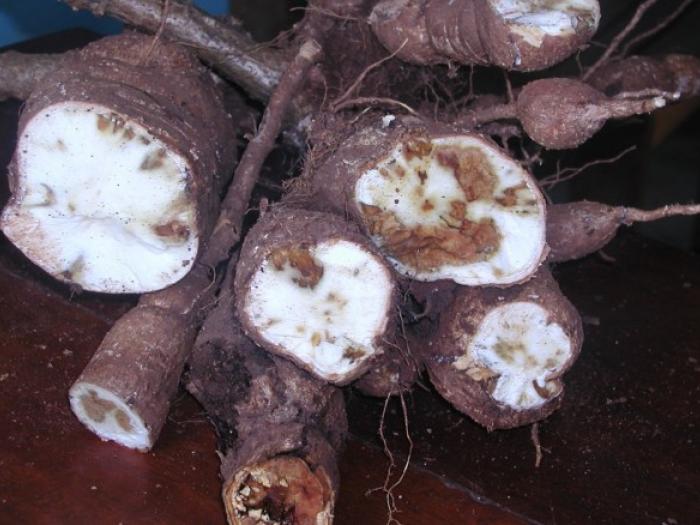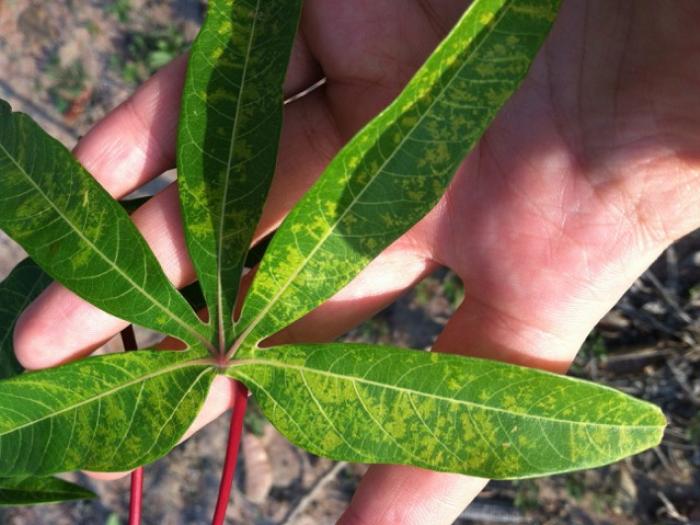Error message
- Notice: Trying to access array offset on value of type null in tb_megamenu_sync_config() (line 279 of /home/cassavav/public_html/sites/all/modules/tb_megamenu/tb_megamenu.functions.inc).
- Notice: Trying to access array offset on value of type null in tb_megamenu_sync_config() (line 300 of /home/cassavav/public_html/sites/all/modules/tb_megamenu/tb_megamenu.functions.inc).
- Notice: Trying to access array offset on value of type null in tb_megamenu_sync_config() (line 279 of /home/cassavav/public_html/sites/all/modules/tb_megamenu/tb_megamenu.functions.inc).
- Notice: Trying to access array offset on value of type null in tb_megamenu_sync_config() (line 300 of /home/cassavav/public_html/sites/all/modules/tb_megamenu/tb_megamenu.functions.inc).
- Notice: Trying to access array offset on value of type null in tb_megamenu_sync_config() (line 279 of /home/cassavav/public_html/sites/all/modules/tb_megamenu/tb_megamenu.functions.inc).
- Notice: Trying to access array offset on value of type null in tb_megamenu_sync_config() (line 300 of /home/cassavav/public_html/sites/all/modules/tb_megamenu/tb_megamenu.functions.inc).
- Notice: Trying to access array offset on value of type null in tb_megamenu_sync_config() (line 279 of /home/cassavav/public_html/sites/all/modules/tb_megamenu/tb_megamenu.functions.inc).
- Notice: Trying to access array offset on value of type null in tb_megamenu_sync_config() (line 300 of /home/cassavav/public_html/sites/all/modules/tb_megamenu/tb_megamenu.functions.inc).
- Notice: Trying to access array offset on value of type null in tb_megamenu_sync_config() (line 279 of /home/cassavav/public_html/sites/all/modules/tb_megamenu/tb_megamenu.functions.inc).
- Notice: Trying to access array offset on value of type null in tb_megamenu_sync_config() (line 300 of /home/cassavav/public_html/sites/all/modules/tb_megamenu/tb_megamenu.functions.inc).
- Notice: Trying to access array offset on value of type null in tb_megamenu_sync_config() (line 279 of /home/cassavav/public_html/sites/all/modules/tb_megamenu/tb_megamenu.functions.inc).
- Notice: Trying to access array offset on value of type null in tb_megamenu_sync_config() (line 300 of /home/cassavav/public_html/sites/all/modules/tb_megamenu/tb_megamenu.functions.inc).
- Notice: Trying to access array offset on value of type null in tb_megamenu_sync_config() (line 279 of /home/cassavav/public_html/sites/all/modules/tb_megamenu/tb_megamenu.functions.inc).
- Notice: Trying to access array offset on value of type null in tb_megamenu_sync_config() (line 300 of /home/cassavav/public_html/sites/all/modules/tb_megamenu/tb_megamenu.functions.inc).
- Notice: Trying to access array offset on value of type null in tb_megamenu_sync_config() (line 279 of /home/cassavav/public_html/sites/all/modules/tb_megamenu/tb_megamenu.functions.inc).
- Notice: Trying to access array offset on value of type null in tb_megamenu_sync_config() (line 300 of /home/cassavav/public_html/sites/all/modules/tb_megamenu/tb_megamenu.functions.inc).
- Deprecated function: implode(): Passing glue string after array is deprecated. Swap the parameters in gavias_slider_preprocess_slide() (line 402 of /home/cassavav/public_html/sites/all/modules/gavias/gavias_slider/gavias_slider.module).
- Deprecated function: implode(): Passing glue string after array is deprecated. Swap the parameters in gavias_slider_preprocess_slide() (line 402 of /home/cassavav/public_html/sites/all/modules/gavias/gavias_slider/gavias_slider.module).
- Deprecated function: implode(): Passing glue string after array is deprecated. Swap the parameters in gavias_slider_preprocess_slide() (line 402 of /home/cassavav/public_html/sites/all/modules/gavias/gavias_slider/gavias_slider.module).
- Deprecated function: implode(): Passing glue string after array is deprecated. Swap the parameters in gavias_slider_preprocess_slide() (line 402 of /home/cassavav/public_html/sites/all/modules/gavias/gavias_slider/gavias_slider.module).
- Deprecated function: implode(): Passing glue string after array is deprecated. Swap the parameters in gavias_slider_preprocess_slide() (line 402 of /home/cassavav/public_html/sites/all/modules/gavias/gavias_slider/gavias_slider.module).
- Deprecated function: implode(): Passing glue string after array is deprecated. Swap the parameters in gavias_slider_preprocess_slide() (line 402 of /home/cassavav/public_html/sites/all/modules/gavias/gavias_slider/gavias_slider.module).
- Deprecated function: implode(): Passing glue string after array is deprecated. Swap the parameters in gavias_slider_preprocess_slide() (line 402 of /home/cassavav/public_html/sites/all/modules/gavias/gavias_slider/gavias_slider.module).
- Deprecated function: implode(): Passing glue string after array is deprecated. Swap the parameters in gavias_slider_preprocess_slide() (line 402 of /home/cassavav/public_html/sites/all/modules/gavias/gavias_slider/gavias_slider.module).
- Deprecated function: implode(): Passing glue string after array is deprecated. Swap the parameters in gavias_slider_preprocess_slide() (line 402 of /home/cassavav/public_html/sites/all/modules/gavias/gavias_slider/gavias_slider.module).
- Deprecated function: implode(): Passing glue string after array is deprecated. Swap the parameters in gavias_slider_preprocess_slide() (line 402 of /home/cassavav/public_html/sites/all/modules/gavias/gavias_slider/gavias_slider.module).
- Deprecated function: implode(): Passing glue string after array is deprecated. Swap the parameters in gavias_slider_preprocess_slide() (line 402 of /home/cassavav/public_html/sites/all/modules/gavias/gavias_slider/gavias_slider.module).
- Deprecated function: implode(): Passing glue string after array is deprecated. Swap the parameters in gavias_slider_preprocess_slide() (line 402 of /home/cassavav/public_html/sites/all/modules/gavias/gavias_slider/gavias_slider.module).
- Deprecated function: implode(): Passing glue string after array is deprecated. Swap the parameters in gavias_slider_preprocess_slide() (line 402 of /home/cassavav/public_html/sites/all/modules/gavias/gavias_slider/gavias_slider.module).
MEET OUR TEAM
Recent News and Events
Featured Video
Whiteflies and Cassava Mosaic Virus
TWITTER BLOCK
RT @mfregene77: Granulated roasted cassava flour, farinha in Brazil, Mozambique and Angola, and garri in West Africa, fed the Child… https://t.co/LOSBSBgM3e
RT @mfregene77: Cassava flour, both the roasted granulated flour and the dried mulled version have fed hundreds of millions of Afri… https://t.co/8f2W0jcrnG
RT @mfregene77: These are both a few uses of this versatile crop that drives a billion dollar starch industry in SE Asia -Thailand,… https://t.co/m0FXk6kvWa
RT @ADjikeng: @ILRI, @CGIAR - Sharing my latest update covering activities in May 2023. https://t.co/3e2icmQzbk
RT @ClerisseC: 💥🌿🧬🪰Capacity building in @IITA_CGIAR🌿🧬💥
Training on diagnostics of cassava viruses using molecular biology & digit… https://t.co/OWyzE4PFuK





